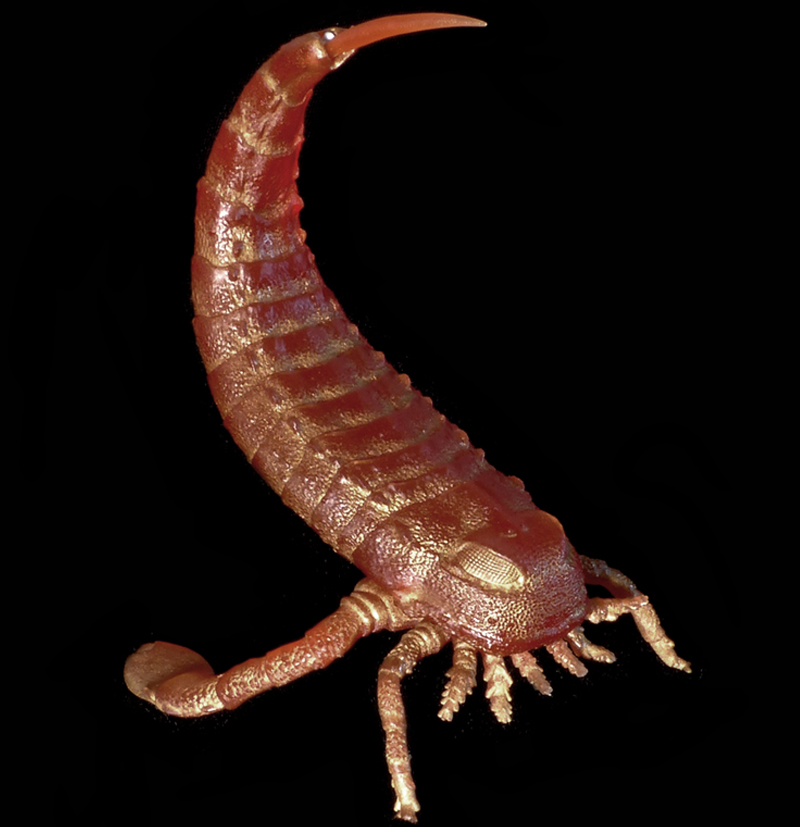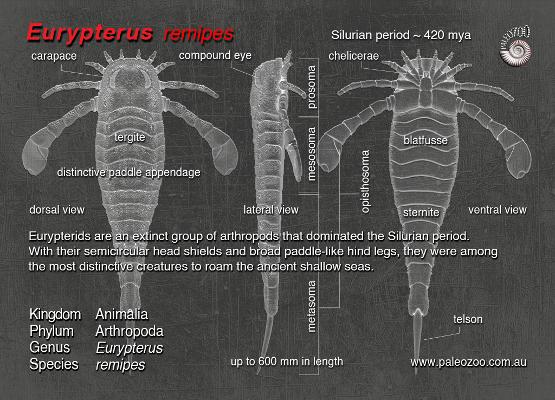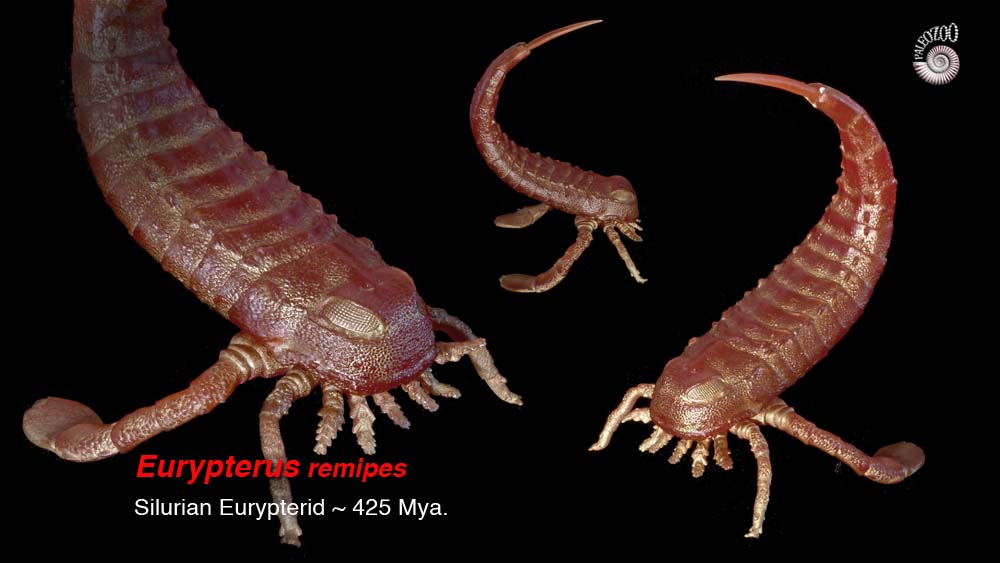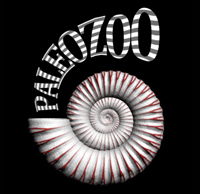Eurypterids are an extinct group of arthropods that dominated the Silurian period. With their semicircular head shields and broad paddle-like hind legs, they were among the most distinctive creatures to roam the ancient shallow seas.
Eurypteridae were initially thought to be ancient members of the catfish family but were later identified as belonging to their own unique arthropod order - more closely related to scorpions than fish.
Like many other arthropods, Eurypteridae had excellent sight with large crescent shaped compound eyes that would have provided a wide field of vision.

Eurypterids didn't have jaws but instead had pincer-like mouthparts called chelicerae that would have been used to dissect prey into small pieces before ingesting. Chelicerae are defining features that place eurypterids into their own subphylum of arthropods.

Eurypterids were multi-segmented and would have been quite flexible with spined tails (telson). The distinctive broad hind legs may have allowed for some limited crawling or upward leverage motion, but they would have been much more useful as swimming appendages enabling eurypterids to row or aquaplane through the water column.
It is unclear whether eurypterids were scavengers or predators but being armed and mobile, many with keen eyesight, they would have been formidable in defense at the very least.

Eurypterids were to become the dominant order in this period and grew to become the largest arthropods that ever existed. Although the average size would have been about 15 - 20 cm, some were true giants growing to over 2 metres in length.
Eurypterus remipes became the New York State fossil in 1984.
